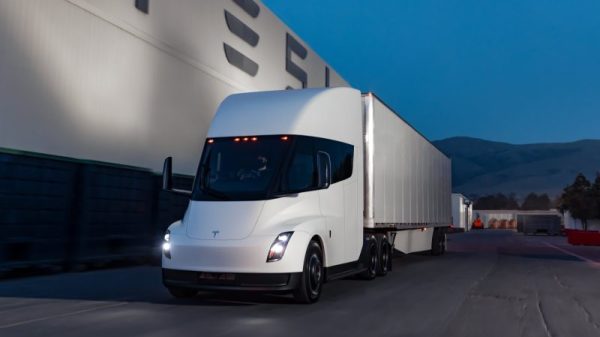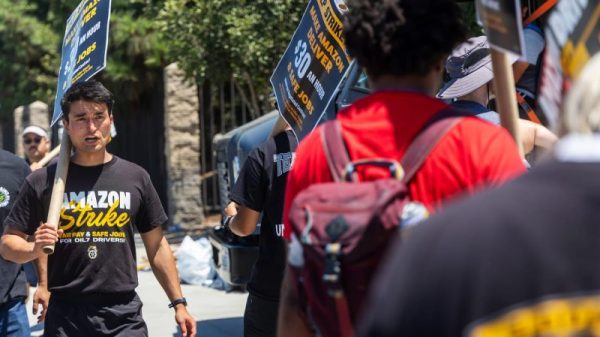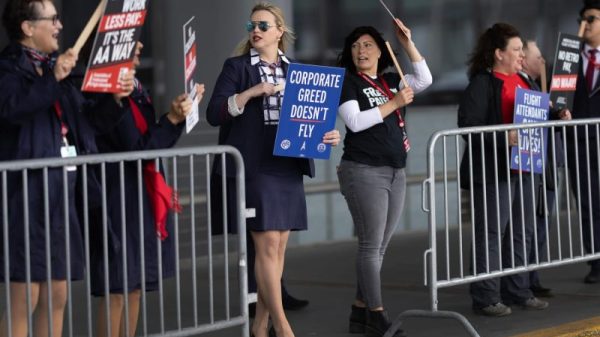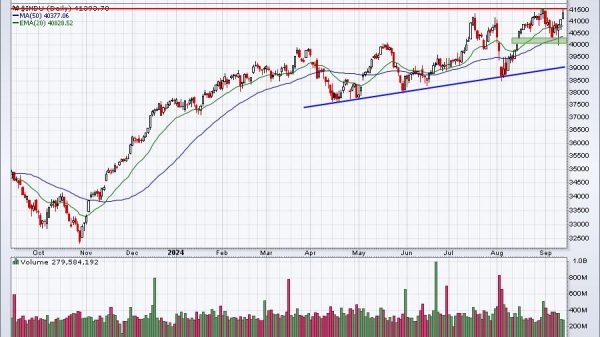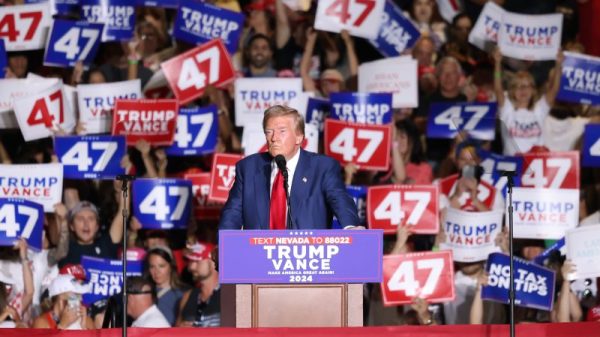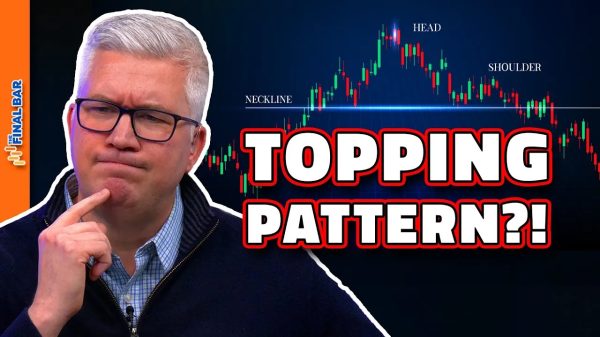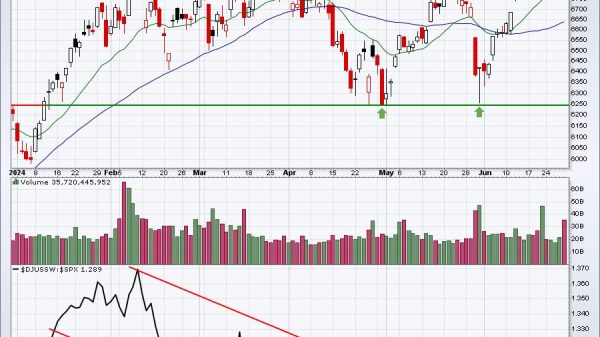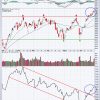
One of the advantages that a candidate challenging an incumbent president usually enjoys is that he or she can make sweeping promises of how they’d leverage executive power. Whatever issue is most potent with voters, the challenger can pledge that by strong-arming Congress or issuing an executive order or invoking some sort of ancient magic, they would be able to address that issue. Voters might not believe it, and the incumbent might disparage it, but those sorts of promises are what can overcome the power of incumbency.
Donald Trump, challenging the incumbent in 2024, has no such advantage. Instead, he has a track record of his own, having spent four years with presidential power. He can still promise to leverage that power in novel ways, but his identifying a problem that he will address spurs an obvious rejoinder: Well, why didn’t you fix it the last time around?
On Wednesday night, we saw how that can trickle down the ticket.
Sen. J.D. Vance (R-Ohio) accepted the Republican Party’s vice-presidential nomination in a speech outlining his personal biography and the ticket’s agenda should they win in November. Vance was selected for the position in part because he’s from the Midwest and — Trump hopes — can appeal to voters in the swing states of Michigan, Pennsylvania and Wisconsin. That meant Vance spent a significant part of his speech describing how Trump would (if reelected) and did (when he was president) address the economic concerns that are often cited as the reason Trump won those states in 2016.
In his speech, Vance claimed that Trump’s presidency had already gotten the job done.
“He created the greatest economy in history for workers,” Vance said, echoing hyperbolic rhetoric embraced by Trump. “Really was amazing. There’s this chart that shows worker wages, and they stagnated for pretty much my entire life, until President Donald J. Trump came along. Workers wages went through the roof.”
It’s not clear which chart he was referring to, but it might have been one like this, showing inflation-adjusted weekly earnings in the United States. This chart begins in 1993, when Bill Clinton took office — a bit after Vance’s 1984 birth.
You can see the increase to which he appears to be referring. Weekly earnings began increasing in 2014 (during Barack Obama’s administration) and rose at a steady pace until 2020. Then there was a spike, one that quickly began to fade through President Biden’s first year in office. That spike, very obviously, was a function of the tumult that accompanied the coronavirus pandemic. Median earnings rose in part because lower-paid workers were furloughed; as they were slowly brought back to work, it gradually lowered the median again.
Another measure we can look at is the increase in wages month over month. That data shows that rates of wage increases were flat under Trump after rising under Obama. The rate of increase surged under Biden, particularly among lower-paid workers.
This has its own caveat, of course: Inflation ate into a lot of those gains. The wage gains have more recently been outpacing the increase in costs.
Vance’s pitch to his audience — meaning, pretty specifically, Midwestern voters — focused on the decrease in manufacturing that led to rampant unemployment in the region. Vance, echoing Trump in 2016, pointed to the North American Free Trade Agreement (NAFTA) as a central reason for the decline.
It is true that manufacturing employment in the United States and in the Midwestern states Vance is targeting declined following the implementation of NAFTA in 1994. But the drop became precipitous only in the 2000s, during the administration of George W. Bush.
When Clinton took office in 1993, there were 16.8 million Americans working in manufacturing. When he left office, there were 17.1 million. When George W. Bush was inaugurated for his second term in 2005, there were 14.3 million. When he left office, there were 12.6 million.
Vance (and Trump) aren’t worried about blaming the drop on fellow Republican Bush, certainly. But during Trump’s administration, there wasn’t much of a resurgence. In Obama’s second term, the country added 383,000 manufacturing jobs. From the time Trump took office until the peak in manufacturing employment during his administration, there had been a gain of 462,000 jobs. But he left office with the country having shed 178,000 manufacturing jobs, largely because of the pandemic. Since Biden took office, the country has added 770,000, though that’s again fallout from the pandemic and jobs being added back. But the most recent data is also 130,000 over the peak under Trump.
That’s nationally. In the swing states, manufacturing is up since Biden took office but down relative to the peak under Trump. But those peaks fell in the winter of 2018-2019 or that summer. Manufacturing jobs were trending down before the pandemic hit.
A similar pattern is seen in median household income data. Nationally and in the swing states, incomes (adjusted for inflation) peaked in 2019. They declined in 2020 and 2021. Those 2019 peaks, incidentally, are generally in line with the upward trend that began under Obama.
Trump doesn’t generally focus too much on specific numbers, preferring sweeping declarations about how wonderful the economy was on his watch. But, again, it’s hard to complain about the decades-long stagnation of jobs and wages in America without noting that Trump was president for part of those decades. Unless, of course, you cherry-pick wage data.
There’s one more interesting point here. Should Biden be replaced as the Democratic nominee, the November election takes a truly novel perspective: The incumbent party will have a candidate who has never been president and the challenging party will be offering voters a candidate with a presidential record.
The effort to present a blank slate to voters would become that much harder.


